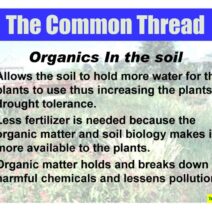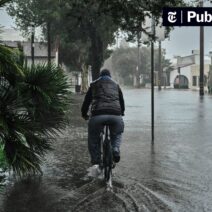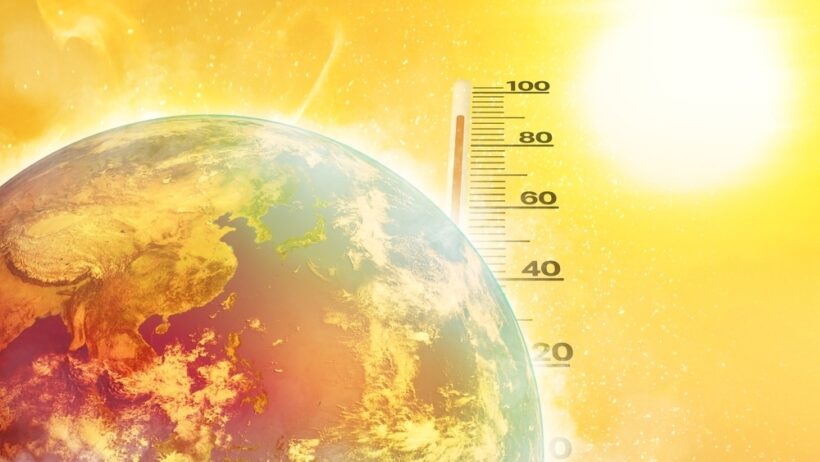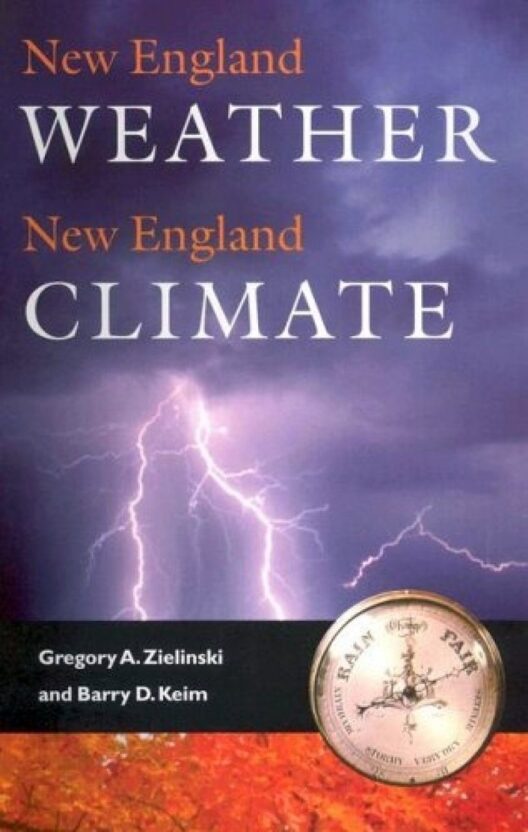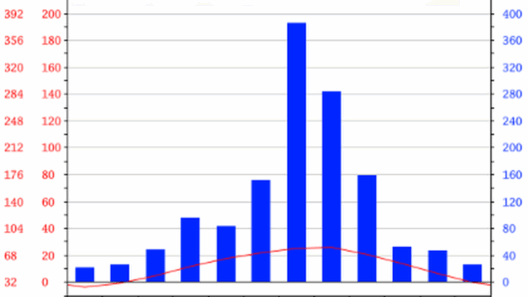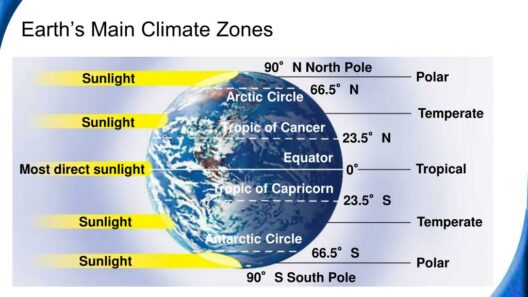As we traverse the complexities of the 21st century, the phenomenon of climate change has become a pressing and pervasive concern. Individuals and communities find themselves increasingly mesmerized by the unpredictable aspects of weather patterns. This fascination is not merely a trivial observation; it is rooted in a continuum of environmental shifts that signal profound alterations to our planet. Understanding “What Is Climate Now?” entails delving into current global weather trends, recognizing their implications, and fostering a nuanced comprehension of our meteorological reality.
To commence, it is vital to delineate the term “climate” from “weather.” While weather refers to the short-term atmospheric conditions that are subject to rapid changes, climate embodies the long-term patterns and averages of temperature, precipitation, and other meteorological variables over extended periods, typically decades or centuries. Analyzing today’s climate involves a meticulous examination of these long-term averages alongside the acute, chronic shifts that characterize our daily experiences.
In this current epoch, it is impossible to ignore the proliferation of extreme weather events: from unprecedented heatwaves and torrential downpours to hurricanes of an alarming intensity. Observations show that global temperatures have risen markedly, an uptick that is largely attributable to anthropogenic activities, primarily the release of greenhouse gases. These gases, such as carbon dioxide and methane, create a thick canopy in Earth’s atmosphere, trapping heat and leading to a cascade of climatic consequences. This phenomenon is often described as the greenhouse effect, and its implications extend far beyond rising temperatures.
In recent years, the increasing frequency of natural calamities exemplifies the unpredictable maelstrom that is today’s weather. The ferocity of storms and the intensity of droughts have both escalated alarmingly. For instance, if we consider the rising incidence of tropical cyclones, data reveal a noteworthy uptick in storms achieving Category 4 and 5 levels, leading to devastating impacts on coastal regions. The correlation between these heightened occurrences and climate change is becoming increasingly elucidated through scientific inquiry.
Additionally, the ramifications of climate change manifest in the form of altered precipitation patterns. Regions that previously enjoyed temperate climates are now experiencing heightened drought conditions, while others face deluges of rain, resulting in flooding that disrupts ecosystems and economies alike. The concept of the “hydrological cycle”—the continuous movement of water within the Earth and atmosphere—is increasingly fraught with imbalance due to these dramatic shifts.
One poignant reflection on our contemporary weather trends also illuminates the plight of polar regions. The Arctic, particularly, has been undergoing rapid transformations, including alarming ice melt as temperatures surge. This loss of ice not only contributes to rising sea levels but also disrupts marine ecosystems that rely on stable ice coverage. Here, one can observe the interconnectedness of climate systems; changes in one locale can reverberate across the globe. The alarm bells ring ever more loudly as scientists warn that if current trajectories continue, we may face irreversible tipping points.
In juxtaposition to these alarming trends, there exists a burgeoning global awareness and mobilization aimed at combating climate change. Grassroots movements, international accords, and technological innovations are all part of a broader tapestry of responses. The articulation of clear weather trends serves as an impetus for policy reform, advocacy, and individual responsibility. Many are now compelled to reassess their lifestyles in light of knowledge regarding anthropogenic global warming.
The present moment invites a duality of reflection: the underlying causes of our current climate dilemmas and the search for viable strategies to mitigate their impacts. Addressing the common observation of extreme weather patterns leads to fundamental queries regarding resource allocation, energy consumption, and corporate responsibility. Furthermore, dissecting the socioeconomic factors that contribute to climate vulnerability recognizes that low-income and marginalized communities often bear the brunt of environmental catastrophes, even while contributing the least to greenhouse gas emissions.
Public understanding of climate change is further enhanced by the increasing accessibility of climate-related information. Technological advancements enable individuals to track climate trends on a global scale. Meteorological applications and websites provide real-time data, allowing people to remain apprised of unprecedented weather phenomena and forecasts. The ease of information access fosters an informed public that can engage in discourse about climate policy and environmental stewardship.
Importantly, while the overwhelming data on climate change can evoke feelings of despair, it also serves as a clarion call to action. The intricate web of climate and weather allows for innovative solutions that can address these pressing challenges. Coastal cities are investing in resilient infrastructure, urban planners are advocating for sustainable practices, and renewable energy initiatives are gaining momentum worldwide. Each of these responses contributes to the overarching goal of curtailing climate change and adapting to an evolving planetary landscape.
In conclusion, observing today’s weather trends reveals much more than mere fluctuations in temperature or precipitation; it is an invitation to understand and engage with the intricate relationships at play in our world. The fascination with current climate conditions embodies a yearning for comprehension that transcends superficial observations. This intricate exploration of weather and climate is critical for nurturing a resilient future—one that honors the delicate balance of our ecological systems while confronting the realities of climate change head-on. As we navigate this tumultuous journey, collective awareness and action can forge pathways toward sustainable solutions for generations to come.
